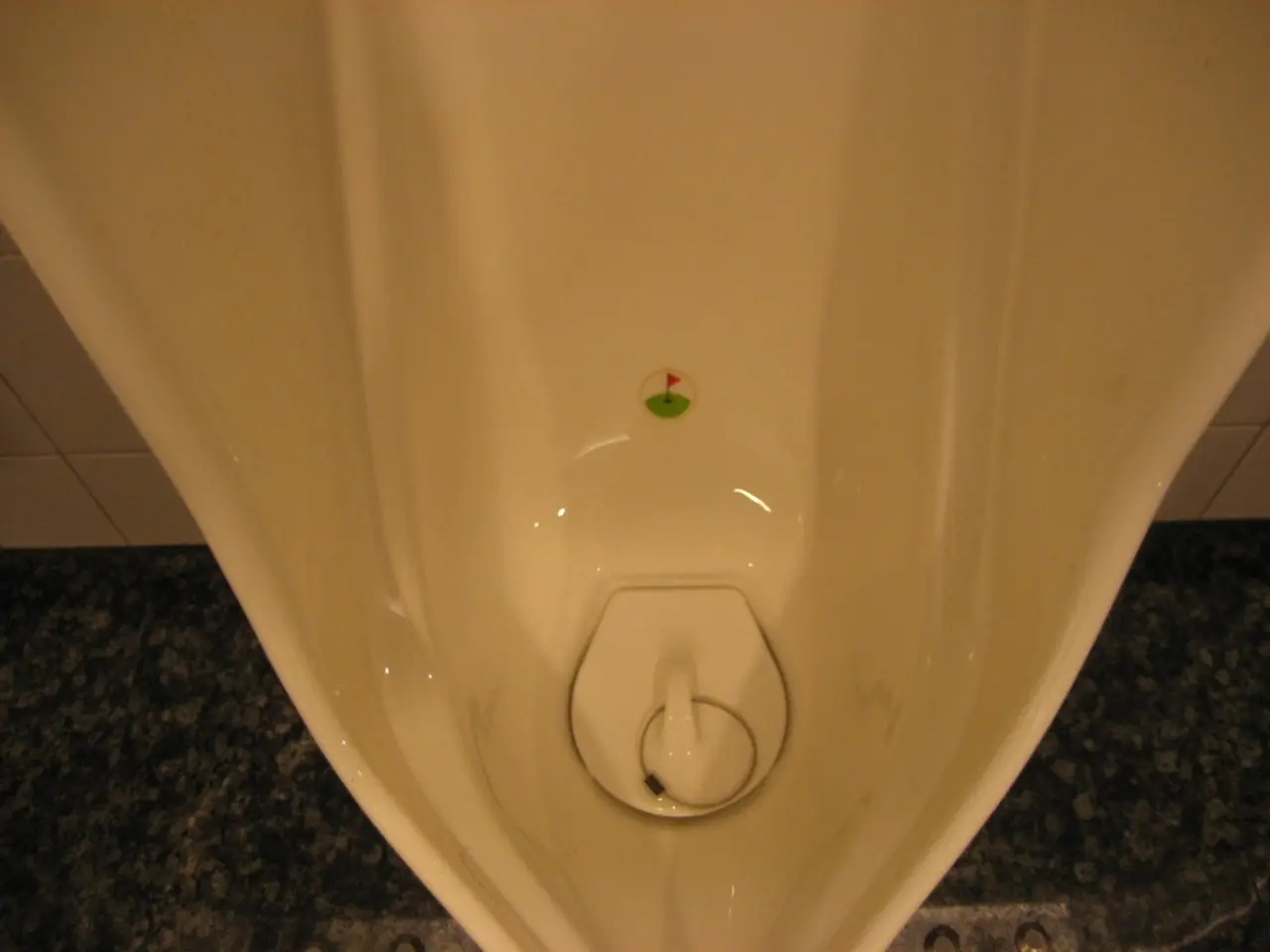Ancient Arabs Employed Psychotropic Plants Over 2,700 Years Ago
Take a glimpse into the fascinating world of Peganum harmala, a psychoactive medicinal plant, also known as Syrian rue or harmal. This singular plant packs a punch with alkaloids like harmine, harmaline, and tetrahydroharmine, offering antibacterial, psychoactive, and therapeutic effects [1][5].
A groundbreaking study, published in Communications Biology, has illuminated the first chemical evidence of Peganum harmala being burned in ancient Arabia [1][4]. Led by Dr. Barbara Huber of the Max Planck Institute of Geoanthropology and Professor Marta Luciani of the University of Vienna, the research involved scrutinizing organic residues from Iron Age fumigation vessels and artifacts excavated at the oasis settlement of Qurayyah in northwestern Saudi Arabia.
Highlights from the Study
- Burial Rituals: The plant was integral to fumigation rituals, possibly during funerals, dating back 2,700 years [5].
- Chemical Proof: Advanced metabolic profiling techniques pinpointed beta-carboline alkaloids, proving the use of Peganum harmala during these ancient rituals [1][5].
- Cultural Importance: The discovery showcases the early adoption of native plants for their bioactive and psychoactive properties, hinting at a complex comprehension of medicinal and spiritual practices [1][5].
Broader Implications
Ethnobotany
This study reveals the early use of Peganum harmala in ethnobotanical practices, emphasizing how ancient societies valued local flora for medicinal and spiritual purposes. This discovery underscores the significance of exploring traditional plant use in illuminating cultural and medical practices [1][5].
Medical Anthropology
By examining the use of Peganum harmala in ancient Arabia, researchers gain insights into the health beliefs and practices of early societies. This study provides evidence of the ongoing role of psychoactive plants in both medicinal and spiritual contexts [3][5].
Heritage Studies
The findings contribute significantly to the understanding of Arabian cultural heritage, spotlighting the deep-seated use of Peganum harmala in rituals and ceremonies. This historical context can guide modern analyses of cultural practices and the role of specific plants in ancient societies [5].
Pharmacognosy
The study enhances our understanding of the pharmacological properties of Peganum harmala and its historical use, offering a valuable perspective on the evolution of traditional medicine. This research supports the exploration of plant-based remedies that have been used over centuries [1][4].
In a Nutshell
The discovery of Peganum harmala's use in ancient Arabia opens up a unique lens into the medicinal, spiritual, and cultural practices of early societies. This research not only expands our understanding of ethnobotanical traditions, but also highlights the intricate use of psychoactive plants in ancient rituals and medicine.
In the scope of scientific research, the study published in Communications Biology has presented chemical evidence that suggests Peganum harmala, a medicinal plant, was burned in ancient Arabia as part of health-and-wellness practices, such as fumigation rituals. This ancient Arabian practice offers insights into the use of therapies-and-treatments in that era, including the religious and spiritual aspects linked to the plant.








